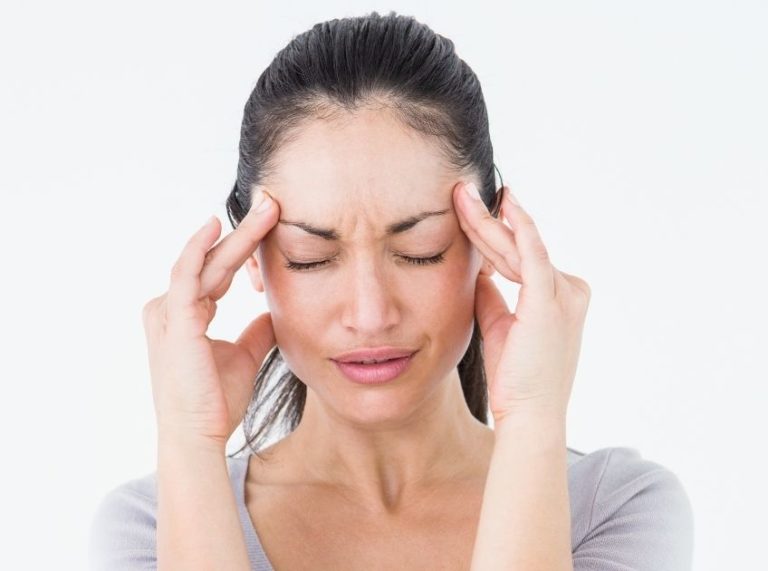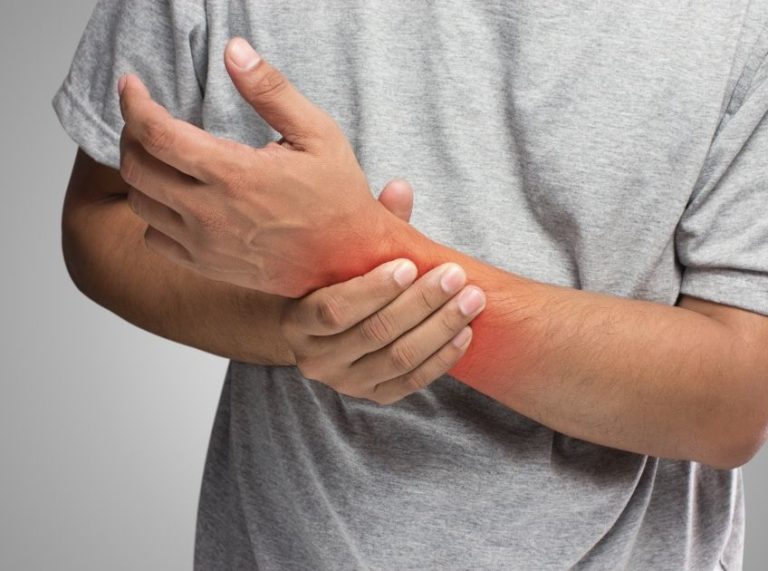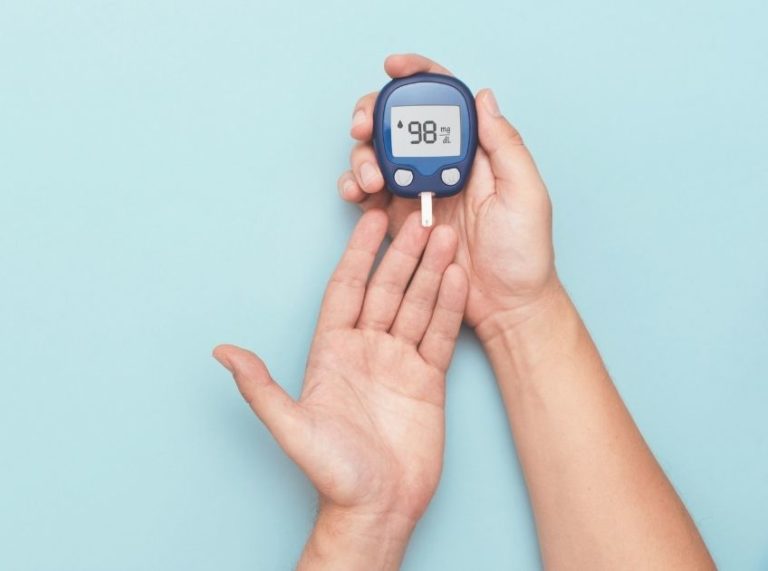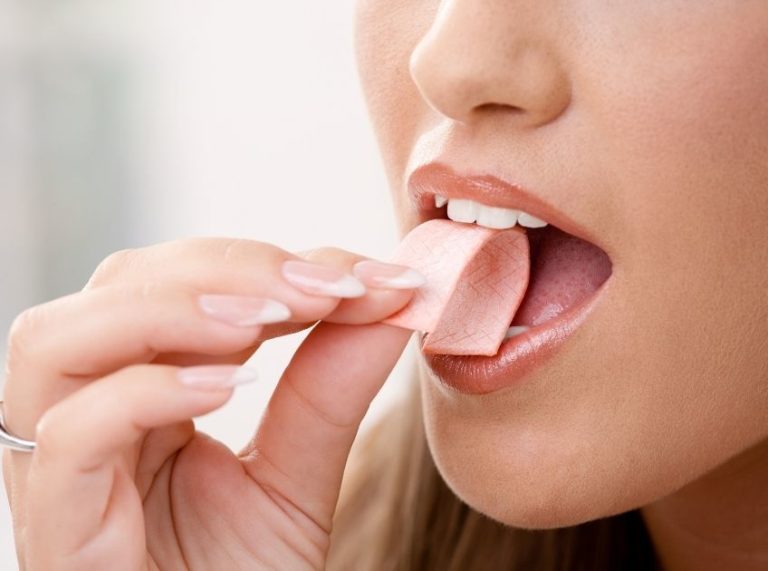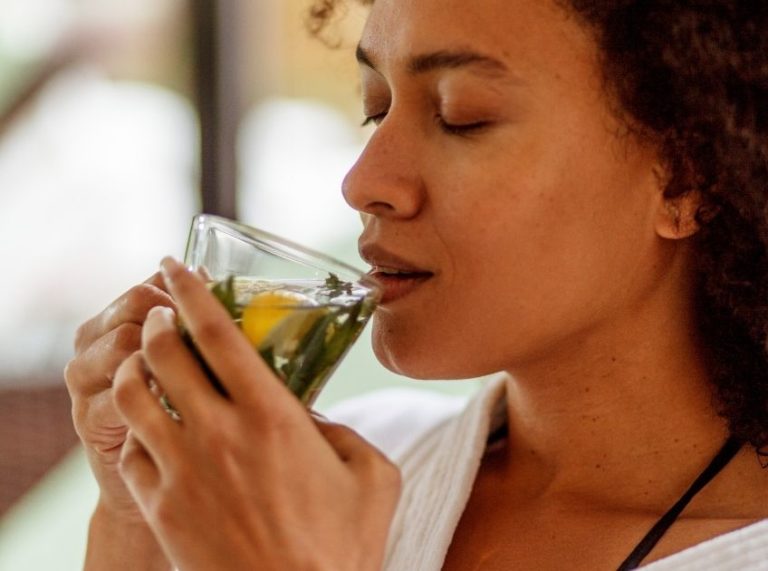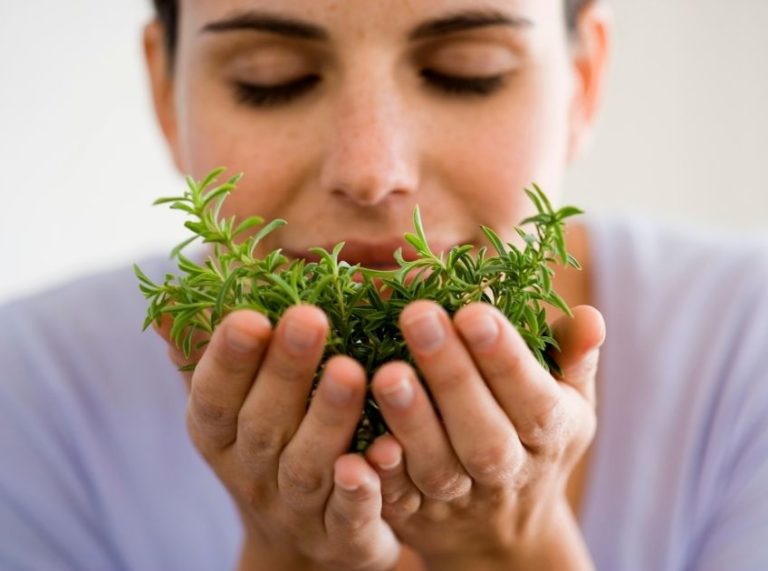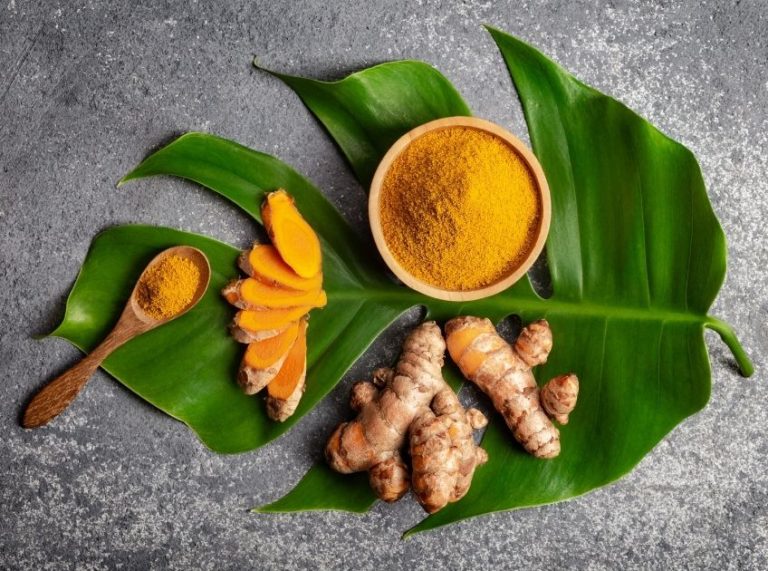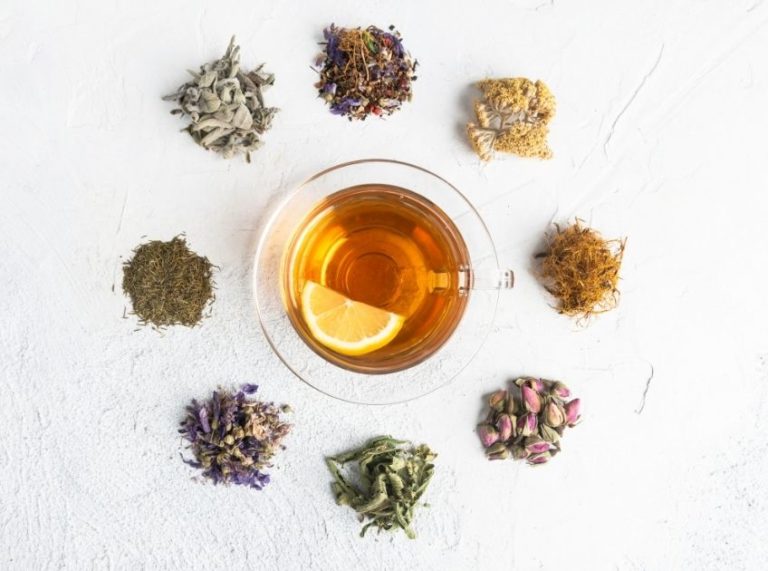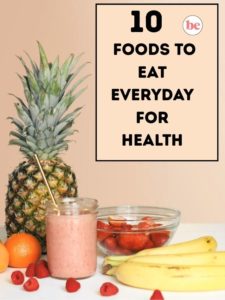
Important: This article is for informational purposes only. Please read our full disclaimer for more details.
Getting up and moving isn’t just for show—it’s key to keeping our bones solid as we age. Exercise pumps up our bones, helps keep muscles pumped up too, and keeps us on our feet, cutting down those nasty trips and falls. As per the (1), adults are advised to clock in 150 minutes of moderate exercise weekly. This must-have combo includes balance training, aerobic stuff, and muscle-pumping exercises.
For the older crew or anyone dealing with health issues, it’s still vital to keep in the game, even if hitting 150 minutes seems more like a marathon. Best move? Chat with a healthcare pro before diving in, especially if osteoporosis or bone thinning is part of your deal. They can steer us towards activities that are safe and bone-friendly.
Types of Exercise for Bone Health
We’ve got a mixed bag of exercises to do wonders for our bones. Here’s a breakdown of the main types and their good stuff:
| Exercise Type | Description | Benefits |
|---|---|---|
| Weight-Bearing | Activities where you carry yourself (e.g., walking, running) | Packs on bone density through impact |
| Resistance Training | Uses weights or bands to toughen muscles (e.g., weight lifting) | Bulks up muscles and backs up our bones |
| Balance Training | Focused on keeping us steady (e.g., tai chi, yoga) | Improves balance and dodges falls |
| Aerobic Exercise | Activities that get our heart rate up (e.g., cycling, swimming) | Boosts heart health, keeping us generally fit |
Weight-bearing exercises give our bones a needed nudge, pushing them to build and become denser. You can break these down by impact—low, moderate, and high. Usually, moderate-impact ones are a safe bet for folks with osteoporosis, making bones more robust (2).
Muscle strengthening calls for progressive training, an ace way to pump up muscle size by slowly upping weights or resistance. Aim for 8 to 12 reps until you feel those muscles saying, “Enough!” (2).
Working these workouts into our routine gives our bones the extra support they need as the years go by. Curious about what else to expect from your body as you add candles to your birthday cake? Check out more on what happens to your body when you get older and things your body needs as you age.
Nutritional Support for Bone Health
We’ve all heard the phrase “You’re only as old as your bones feel,” right? Well, to keep our bones strong as we age, munching on the right nutrients is key. Let’s dive into calcium-packed foods, vitamin D, and protein to keep those bones of ours in tip-top shape.
Calcium-Rich Foods
Think of calcium as the VIP club bouncer for our bones. It’s the star player when it comes to keeping our bones strong and solid. For the 51-and-over crowd, women need about 1,200 mg daily, while men need 1,000 to 1,200 mg (3). Don’t worry, though—there’s plenty of yummy ways to get your calcium fix. We’re talking cheese, milk, dark greens, and even some cheese-flavored salmon (just kidding on the last one, but salmon is in there too).
Here’s a rough breakdown of calcium-filled foods to add to your shopping list:
| Food Item | Calcium (mg per serving) |
|---|---|
| Milk (1 cup) | 300 |
| Yogurt (1 cup) | 400 |
| Cheese (1 oz) | 200 |
| Almonds (1 oz) | 76 |
| Tofu (1/2 cup, firm) | 253 |
| Canned Salmon (1 fillet) | 181 |
| Dark Leafy Greens (1 cup) | 100 – 300 |
Three or four servings a day from this stash should do the trick to keep us dancing well into our golden years (4).
Vitamin D and Bone Health
Vitamin D is like calcium’s trusty sidekick, helping it do its job by assisting in absorption and keeping the right balance of minerals (3). When mother nature’s not providing enough sunshine (thanks, winter), we might look to vitamin D3 supplements or dig into foods like fortified cereals, eggs, or fatty fish like salmon. Your bones will thank you!
Protein for Bone Strength
Protein isn’t just for muscles; it’s a crucial ingredient for bone toughness too. Chicken, fish, yogurt, beans, and nuts all rank high on the list of protein-packed choices that keep our skeletal system in good working order.
For women, around 46 grams a day hits the mark, while men need about 56 grams. Of course, if you’re running marathons every week, you might need a smidge more—listen to your body.
By chowing down on these essentials—calcium, vitamin D, and protein—we can help ensure our bones stay buff as we age. Keep the momentum going with more health tips in our piece on how to cope with getting older.
Lifestyle Factors for Healthy Bones
Figuring out how to keep our bones in tip-top shape as the years roll by comes down to some basic habits we can all adopt. By being smart about our choices, we boost our bone health and feel pretty good all around.
Ditching the Bone-Busting Habits
Let’s talk about things we should maybe scale back on for the sake of our skeletons. High salt diets are a common culprit. All those chips and canned soups can rob our bodies of calcium, leading to weaker bones. So it’s best to ease up on the crisps and reach for something else. And hey, knocking back drinks like it’s a weekend challenge isn’t doing our bones any favors either. Keeping the drinking to a minimum helps keep our bones happy and dense.
| Not-so-Great Habit | How It Hurts Bones |
|---|---|
| Salt overload | Kicks out calcium, bone loss |
| Drinks on drinks | Bone density takes a hit |
The Weight Balancing Act
Finding that sweet spot on the scale matters for bone strength. Carrying extra pounds can cause excess wear on bones, while being too underweight isn’t great either, potentially leading to osteoporosis. Eating well and moving regularly keep us in that happy middle ground of bone health.
Protein also plays a starring role—bones are chock-full of it! Pack in the protein with goodies like dairy, fish, chicken, legumes, nuts, and even some veggies. It keeps those bones sturdy and ready for anything (3).
| Weight Story | What’s It Mean for Bones |
|---|---|
| Just right | Keeps bones strong and supportive |
| Too much | Puts pressure on bones and joints |
| Too little | Ramps up chance of weak bones (uh-oh!) |
Genetics and Our Bone Blueprint
Our DNA is part of the bone health story too. If grandma had brittle bones, there might be a reason to check our own. Knowing family history lets us tackle bone issues before they start giving us grief.
Nutrition also pitches in here. Calcium and vitamin K are bone besties. Women especially, in the 40-plus club, often don’t hit their calcium quotas, so getting enough through food or supplements is vital. Aim for at least 600 mg a day to fend off dreaded breaks and fractures (5).
When we acknowledge these factors and tweak our daily routines a bit, we’re setting the stage for bones that stay strong, no matter how many birthdays roll by.
Special Considerations for Bone Health
Getting older can sneakily mess with our bone strength, turning once-sturdy structures into something more fragile. Let’s get ahead of the game and keep our bones in tip-top shape as the years roll by.
Impact of Aging on Bone Density
With age, our bones have a tendency to lose some of their get-up-and-go, especially for women tackling menopause. The culprit? A drop in bone minerals like calcium. Even our spines might shrink a bit, as those discs between the vertebrae lose their cushiony goodness. All of this can lead to pesky bone spurs—or as I like to call them, little spikes of regret (6).
Here’s what you might see happening over the years:
| Age Range | What’s Happening |
|---|---|
| 40s and 50s | Women may notice bones losing density post-menopause |
| 60s and beyond | Bones can feel like potato chips; joints might creak more |
Our leg and arm bones stay the same length, but they certainly get more dainty and prone to breaking.
Osteoporosis: Risk Factors and Prevention
Osteoporosis? It’s like the bone’s version of a slow retreat. It makes bones brittle, and it’s a real bugbear for seniors, especially ladies. Keep an eye on these risk factors:
- Gender: Women—winning again, but this is one we’ll dodge if we can.
- Age: Over 65? Yep, welcome to the club.
- Family Saga: If grandma had brittle bones, we might be in for it too.
- Petite Frames: Being on the smaller side can mean bigger risks.
What can we do to steer clear of this? Plenty!
- Calcium & Vit D: Get enough through diet; think cheese, milk, maybe even a sunny walk (best foods to fight aging).
- Exercise: Weight-bearing workouts like walking or cha-cha’ing can do wonders. Check out this guide for ideas
Personalized Approaches to Bone Health
We’re all as unique as snowflakes (with less melting, hopefully). Here’s how to keep our bones happy at any age:
- Exercise Plans Fit for You: Depending on how spry we feel, we can pick from low-key strolls to jazzed-up dance sessions.
- Smart Eating: Nosh on foods rich in bone-loving nutrients. Consider more protein shakes and cutting back on empty calories. For some tasty suggestions, take a peek at how to keep your bones strong as you age.
- Check-ups: Regular doctor visits can clue us in on whether our bones are slacking. Tweak our game plan based on their advice.
By being on the ball with these tips, we have a fighting chance against losing our bone mojo. Let’s focus on living the good life with active days, balanced meals, and keeping an eye on our ever-changing bodies. Cheers to healthy aging!
Read More :
- Osteoporosis: Symptoms, Causes, Types, and Home Remedies
- Top 10 Foods That Fight Osteoporosis
- Best Vitamins & Supplements to to Strengthen Bones and Joints
- Yoga for Osteoporosis – 7 Best Poses to Prevent Osteoporosis
- How Michelle, 65, Shed Pounds & Reversed Osteoporosis
- The Foundation of Bone Health: Understanding Calcium and Vitamin D
- Melatonin for Insomnia: Does It Really Work?
- 12 Simple Ways to Fall Asleep Fast

